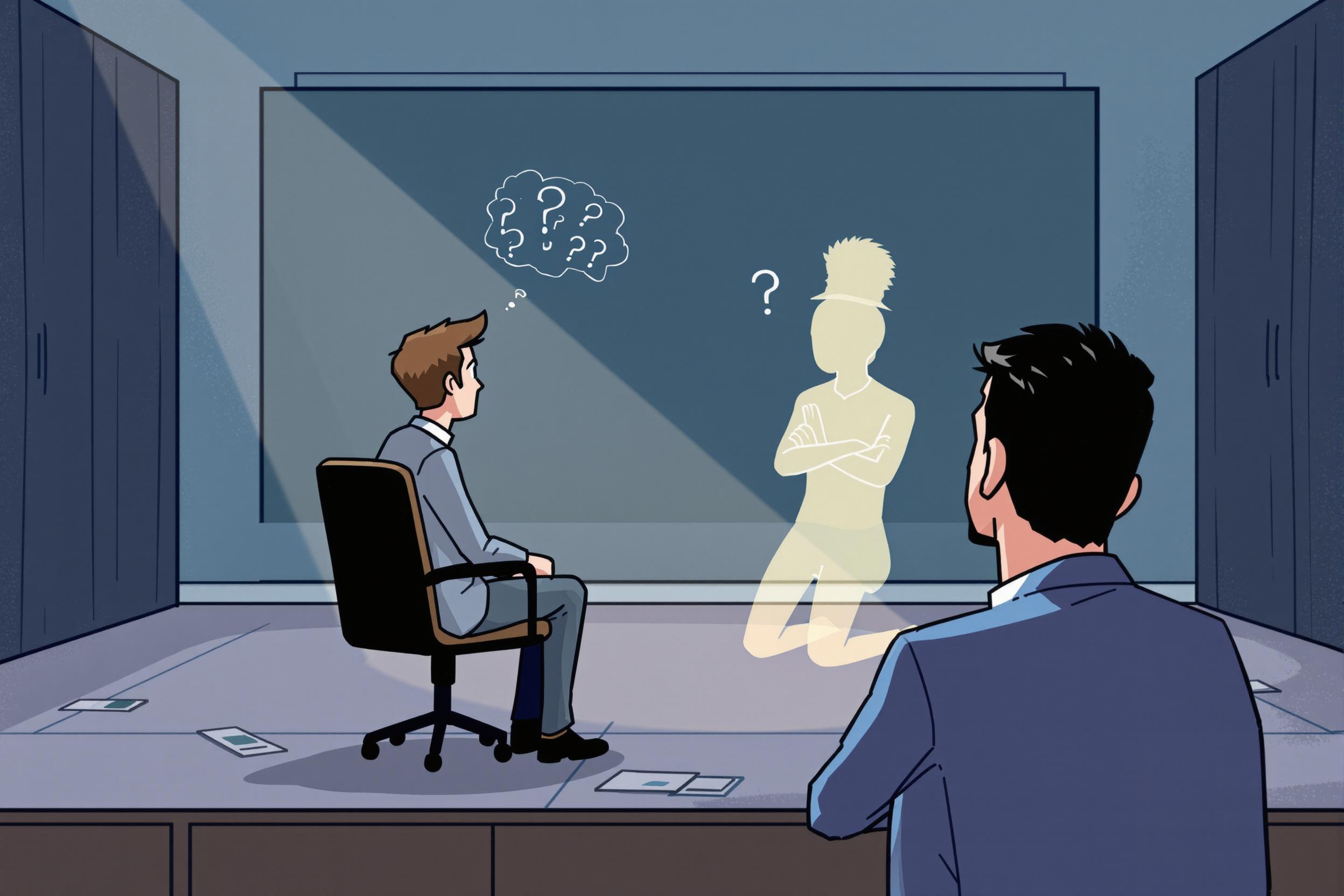
Service Recovery
Service Recovery is the process of making things right after something goes wrong with customer service. It's about turning unhappy customers into loyal ones by handling complaints and problems effectively. Think of it as damage control that goes beyond just saying "sorry" – it includes specific steps and strategies that customer service workers use to fix problems and rebuild customer trust. Companies value this skill because it helps keep customers coming back even after a negative experience.
Examples in Resumes
Implemented Service Recovery strategies that improved customer retention by 25%
Trained team of 12 representatives in Service Recovery and complaint handling procedures
Successfully applied Service Recovery techniques to resolve escalated customer issues
Led Service Recovery initiatives that turned dissatisfied customers into brand advocates
Typical job title: "Customer Service Representatives"
Also try searching for:
Where to Find Customer Service Representatives
Professional Networks
Online Communities
Example Interview Questions
Senior Level Questions
Q: Can you describe a time when you implemented a service recovery program that improved customer satisfaction?
Expected Answer: Look for answers that show experience in creating and managing service recovery procedures, measuring results, and training others. They should mention specific improvements in customer satisfaction metrics.
Q: How do you handle training your team in service recovery principles?
Expected Answer: Strong answers should include creating training materials, role-playing exercises, measuring success, and ongoing coaching methods. They should emphasize the importance of consistency across the team.
Mid Level Questions
Q: Tell me about a difficult customer situation where you used service recovery successfully.
Expected Answer: Look for examples that show problem-solving skills, ability to stay calm under pressure, and knowledge of when to escalate issues. They should explain both what they did and the positive outcome.
Q: What steps do you take when implementing service recovery?
Expected Answer: Candidate should mention listening to the customer, acknowledging the problem, apologizing sincerely, taking action to fix the issue, and following up to ensure satisfaction.
Junior Level Questions
Q: What does service recovery mean to you?
Expected Answer: Should demonstrate basic understanding that it's about fixing customer problems and turning negative experiences into positive ones. Look for mention of apology, solution, and follow-up.
Q: How would you handle an angry customer?
Expected Answer: Should show ability to stay calm, listen actively, show empathy, and know when to ask for help from supervisors. Basic understanding of service recovery steps is important.
Experience Level Indicators
Junior (0-1 years)
- Basic customer service skills
- Understanding of service recovery steps
- Ability to follow complaint procedures
- Basic problem-solving abilities
Mid (2-4 years)
- Handle complex customer issues
- Coach others in service recovery
- Identify patterns in customer complaints
- Suggest improvements to service processes
Senior (5+ years)
- Develop service recovery programs
- Train and mentor teams
- Create customer service policies
- Analyze customer satisfaction metrics
Red Flags to Watch For
- Unable to stay calm under pressure
- Lack of empathy in responses
- No experience handling customer complaints
- Poor communication skills
- Unwillingness to take responsibility for mistakes
Need more hiring wisdom? Check these out...

Ghosted Again? How to Stop Candidates from Disappearing and Start Engaging Them Better

Ghostbusting in Recruitment: How to Keep Candidates Engaged

From Farewells to Future Allies: Transforming Exit Interviews into Lifelong Connections

